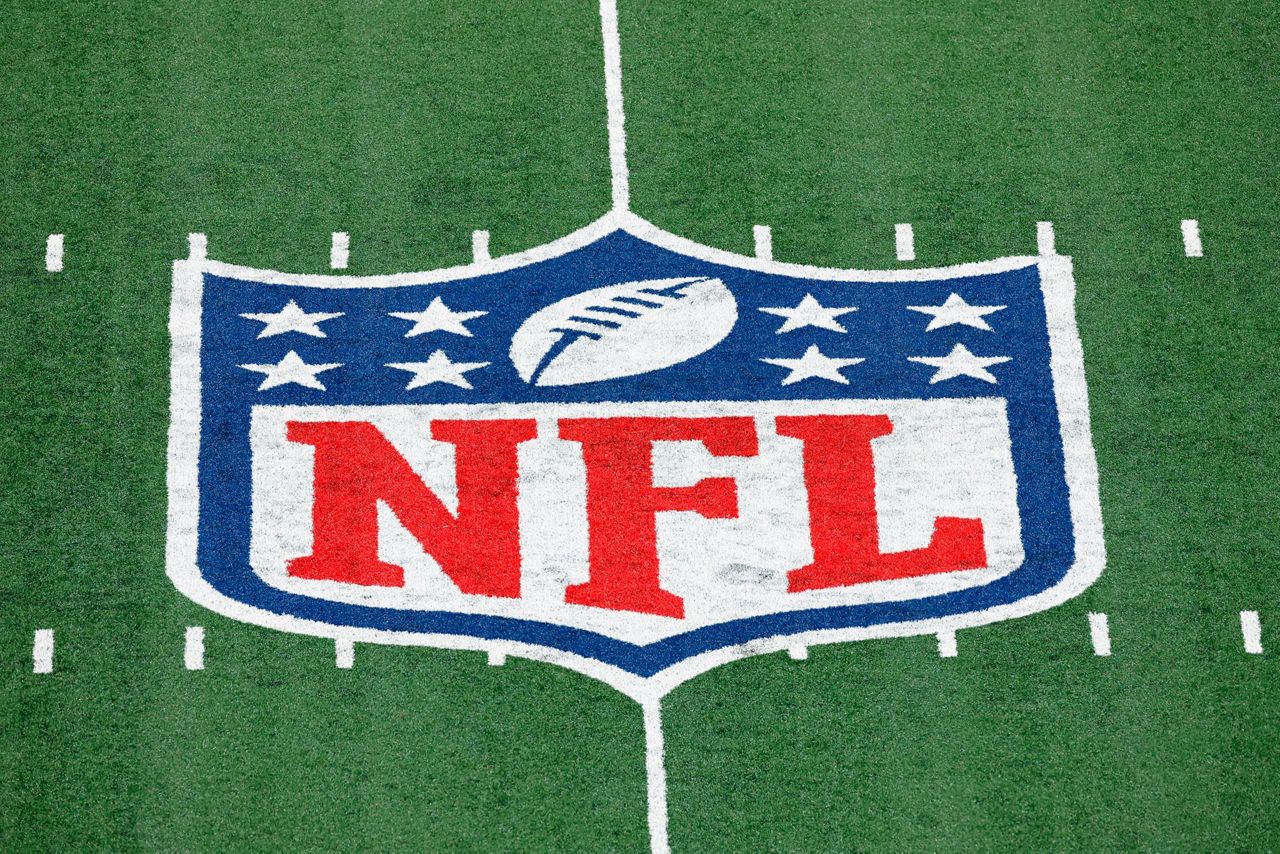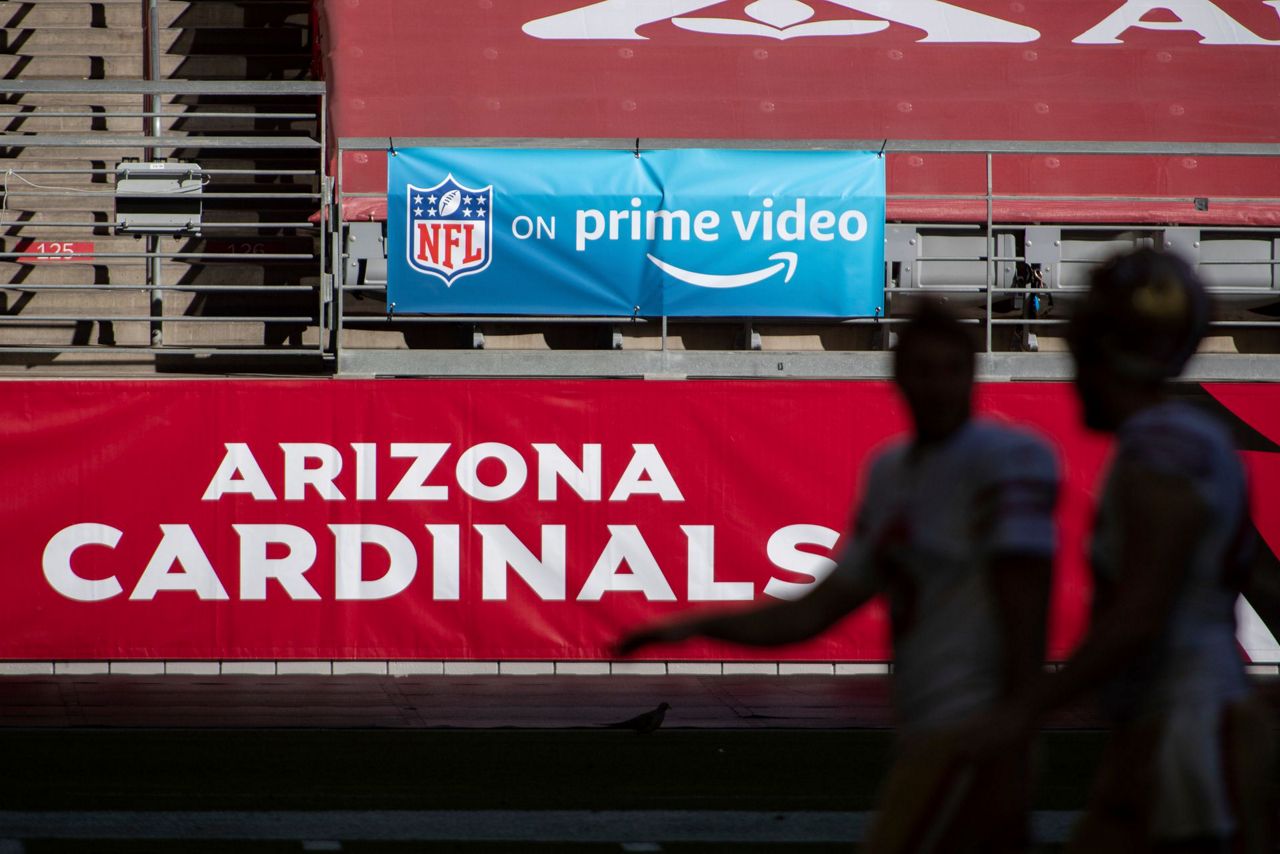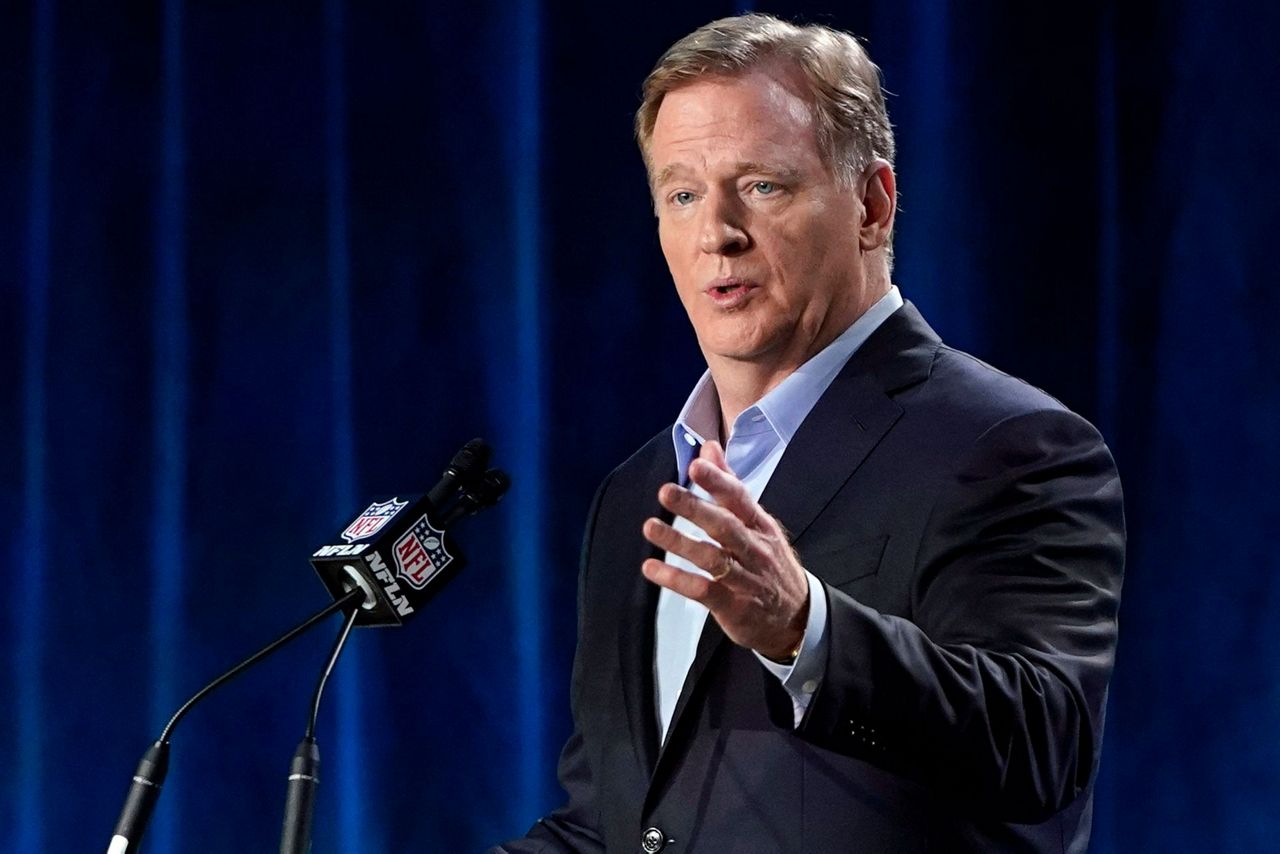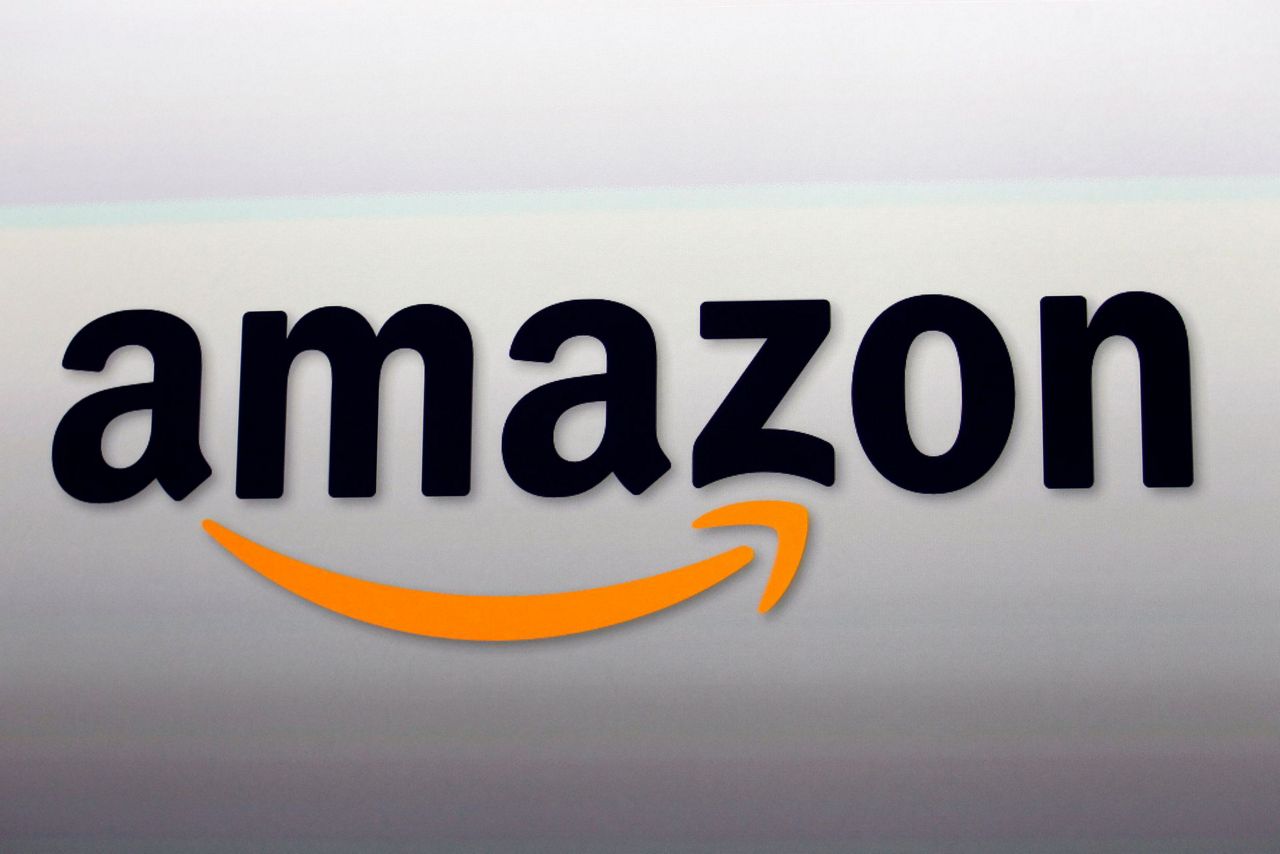NEW YORK (AP) — The $113 billion deal to telecast NFL games through 2033 is head-swimmingly large — until you consider that the very survival of broadcast networks as we know them may depend upon it.
The deal announced by the NFL and media companies last Thursday spreads professional football content broadly, with CBS, NBC, Fox, ABC, ESPN and Amazon all getting pieces, and locks it in at a time little else can attract such a wide audience.
“If you think of the future of network television, there is nothing more important to it than the NFL,” said Rich Greenfield, a media analyst for LightShed Partners, an industry research firm.
During the current television season, the eight most-watched recurring programs are football: the game “windows” on Sunday afternoon and Sunday or Thursday nights, the Nielsen company said. NFL football accounts for 12 of the 20 most popular programs, including highlights packages.
A decade ago, there were seven football entries in the top 20, Nielsen said. In 2000, when “ER” was the most popular program on television, football accounted for two of the top 20.
The economics are simple for broadcast networks: the bigger the audience, the more they can charge to run commercials. Yet the games are also important to a network's identity. With viewers cutting cords and spreading out among streaming services, there are no better platforms to promote their latest comedies and dramas.
In recent years, live events that viewers can't see anywhere else have became increasingly crucial to networks. But the sudden collapse in ratings for awards shows like the Golden Globes and Grammys during the pandemic is an alarming warning that special events may not be so dependable anymore.
Pro football is still dependable.
Live sports is now the top reason people cite for subscribing to cable or satellite television hook-ups, said Dennis Deninger, a longtime ESPN employee and now a professor in the Falk College of Sport & Human Dynamics at Syracuse University.
“They are banking on the interest in sports to help them survive,” Deninger said. Without sports, networks would be left chiefly with entertainment and news. People, especially young viewers, consider broadcast networks less important to filling those needs, he said.
Networks may have no idea what comedies people will laugh to in 2030, but the NFL deal at least gives them certainty that their most popular programming option will remain, said Daniel Durbin, director of the USC-Annenberg Institute of Sports, Media and Society.
The deal also accounts for digital transmission of all NFL games; while NBC will continue to air “Sunday Night Football,” that game will also be seen on the Peacock streaming service. Some analysts consider this a ticking time bomb, wondering if the digital availability will make people less dependent on television.
Greenfield understands why streaming was expanded. “You either lean into the future, or the future passes you by,” he said.
Yet business consultant, technology advisor and Adweek columnist Shelly Palmer posed the question: “Has the NFL killed television?” Palmer said it will make young people more likely to cut the cord. He also suggested it will cripple the ability of network affiliates — the stations in your hometown that show CBS or ABC programming — to command high fees from cable and satellite providers to include them in their packages.
“As local TV stations fall into an inescapable vortex toward irrelevance to advertisers, it will become tougher and tougher for them to negotiate with their cable and satellite overlords,” Palmer wrote.
Some experts see other clouds on the horizon, suggesting young people are less likely to watch long games when they can catch up on highlights later. Deninger said 2019 was the first time in more than three decades that the number of kids participating in high school sports dropped, meaning the pool of future fans could be shrinking.
“I think the networks are still deluding themselves,” Durbin said. “I don't think they want to believe that the NFL is in any kind of eclipse.”
Pro football ratings did drop this season, and the Super Bowl's audience of 92 million people wasn't near the all-time high of 114.4 million in 2015, Nielsen said.
Still, nothing else on television reaches 92 million people. Nothing comes anywhere close. What responsible media executive wouldn't listen when the NFL comes calling?
“Hockey and curling are not going to get it for you,” Durbin said.
Copyright 2021 The Associated Press. All rights reserved. This material may not be published, broadcast, rewritten or redistributed without permission.






